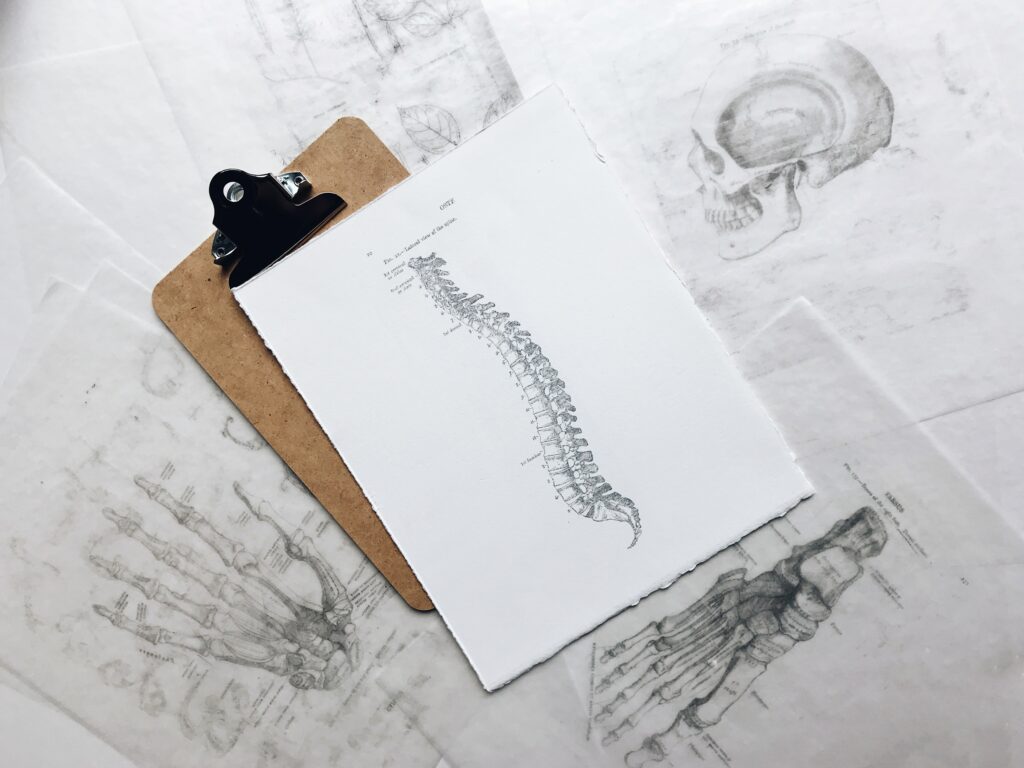Hemivertebra
Hemivertebra

What is hemivertebra?
Hemivertebra is a congenital (present from birth) anomaly of the spine in which only one half of
the vertebral body develops. It occurs in about 3 in 10,000 births. It is a common cause of
congenital scoliosis where the spine is curved sideways.
How does hemivertebra happen?
Our spine is usually made up of 33 vertebrae stacked in a column. At about 6 weeks’ gestational
age, each vertebra has two areas at its sides where the bone develops and hardens, called
lateral ossification centers. A hemivertebra results from the failure of one of these lateral centers
to develop, so the vertebra is missing one side. The defective vertebra impacts on the
configuration of the spinal column by acting as a wedge in the spine, leading to excessive lateral
curvature (scoliosis), or too great a curve away from the side on which it is present.
Should I have more tests done?
You will be referred to a fetal medicine specialist whop will perform an ultrasound scan to assess the fetal spine and look for any associated features. They will talk to you about possible further tests such as amniocentesis which looks at the genetic make-up of the fetus if associated abnormalities other than the hemivertebra are found.
Hemivertebra is also associated with congenital syndromes including Jarcho-Levin, Klippel-Fiel, Aicardi syndrome, and VACTERL association, so genetic counselling can sometimes be offered.
What does it mean for my baby after it is born?
Left untreated, 25% of patients with congenital scoliosis show no progression, 50% progress
slowly, and 25% progress rapidly during growth. The treatment for your baby is orthopaedic
surgery (spinal fusion is the treatment of choice). This is usually performed before significant
deformity occurs. The baby will be referred for follow up with paediatric orthopaedic doctors who will keep a gentle eye on the baby’s spinal growth.
Will it happen again?
This is uncertain, and depends whether a genetic cause was determined.
